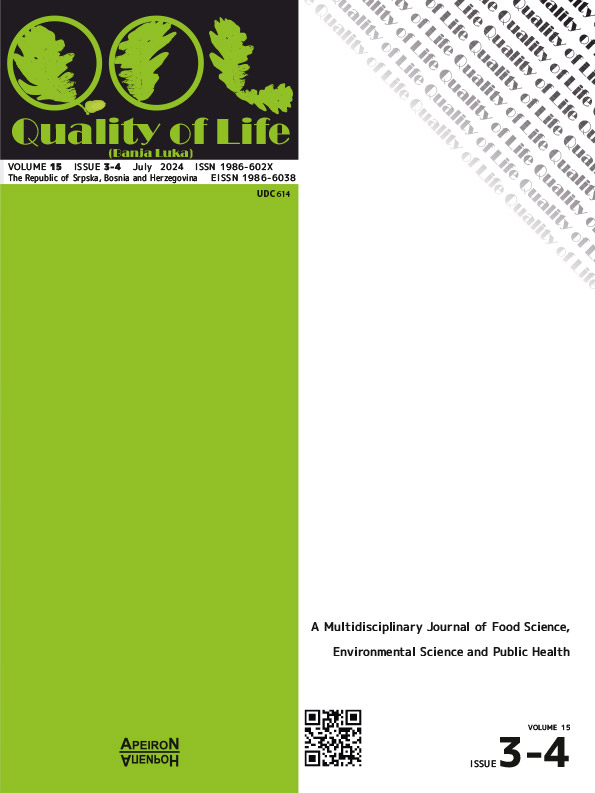Mineralogical and Geochemical Peculiarities of Rare Metal Granite Tillik (Laouni, Central Hoggar, North Africa)
DOI:
https://doi.org/10.7251/QOL2403117HKeywords:
Topaz granites, Columbo-tantalite, RMG, Tillik massif, Laouni, Hoggar, Algeria, Amazonite Granite, Post-Orogenic GraniteAbstract
The Pan-African orogeny (800-570 Ma) is thought to have been the last event to affect this vast Hoggar region, while the post-collisional phase of the Pan-African chain (650-570 Ma) continued until (520 Ma) and saw the emplacement of numerous granitic plutons known as “Taourirt” for their potential sources of rare metals. In the central Hoggar, the latest magmatic episodes, represented by albite-topaz (AT) granites, are associated with Sn-Wn mineralization. These granites, which have undergone different degrees of evolution, are currently classified as Rare Metal Granite (RMG). In the Laouni terrane, the Tillik massif outcrops as a small flattened dome, backed by an NNE-SSW-trending accident. It is embedded in highly metamorphosed terrain and regional porphyroid biotite granite. The massif mainly comprises central green granite and leucocratic topaz albite granite, occupying the rest of the dome. Stockscheider pegmatites and greisens mineralized with cassiterite and wolframite occur around the edges of the massif, highlighting the area’s significant mineralization potential alongside the granites. Furthermore, the granites are leucocratic and have a mineralogical composition consisting of albite and quartz with snowball structures, which is characteristic of RMG. They are phosphorus-poor, peraluminous, and show relatively flat rare-earth spectra with a strong negative Eu anomaly. The geotectonic sites show that the various samples are projected into the collisional intraplate granite domain, highlighting the transition from the post-orogenic to the anorogenic domain. This study aims to characterize the granites of the Tillik massif petrographically, mineralogically, and geochemically, compare them with the Hoggar rare-metal granites “Ebelekan and Rechla” and with the world-renowned reference granites “Beauvoir and Yichun,” and determine whether or not they contain rare metals such as Li, Be, Nb, and Ta.
